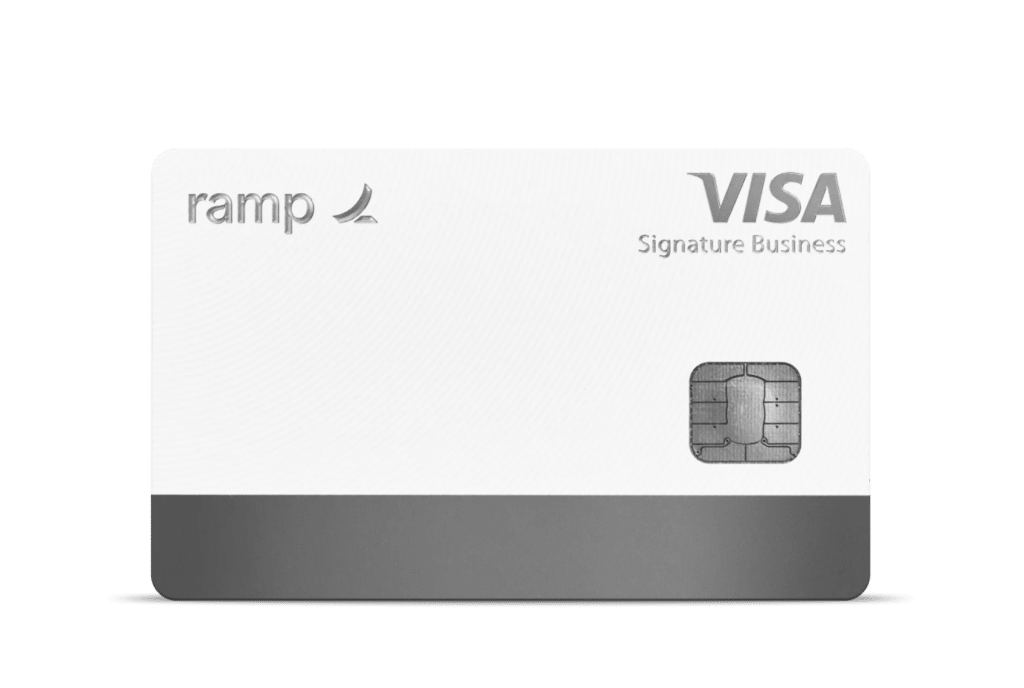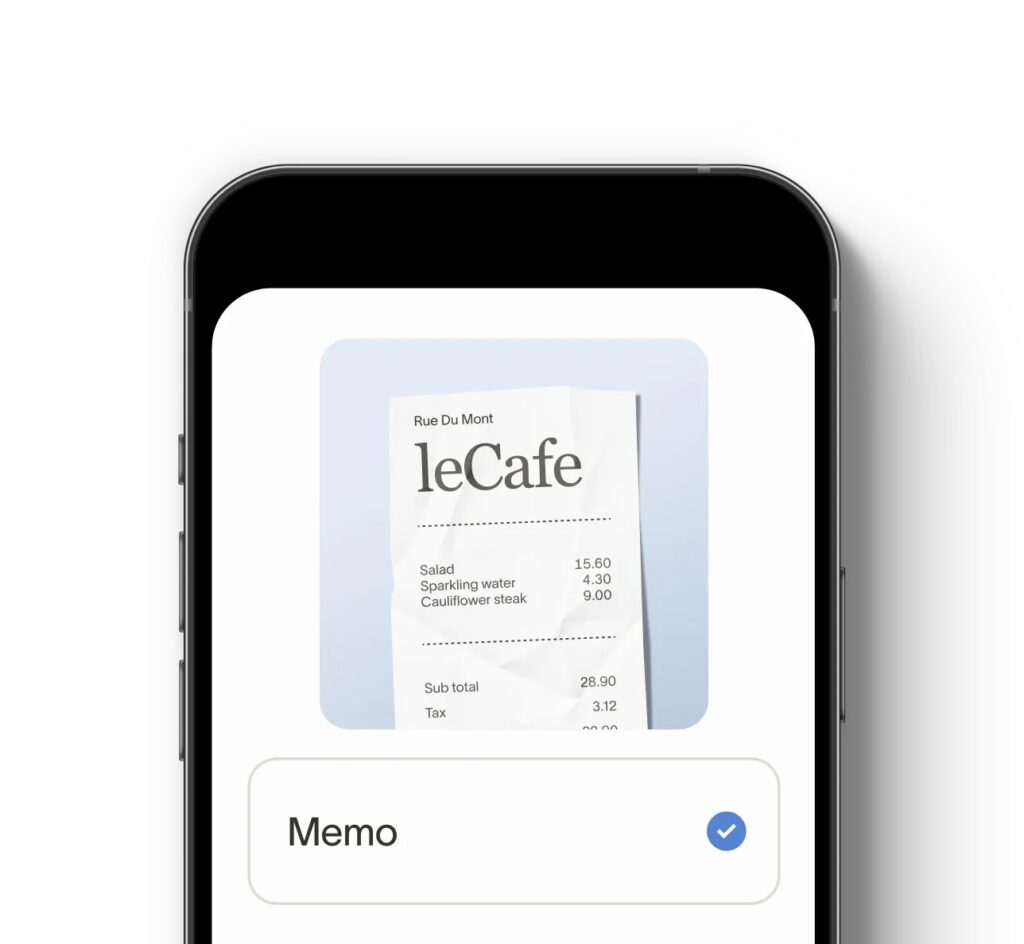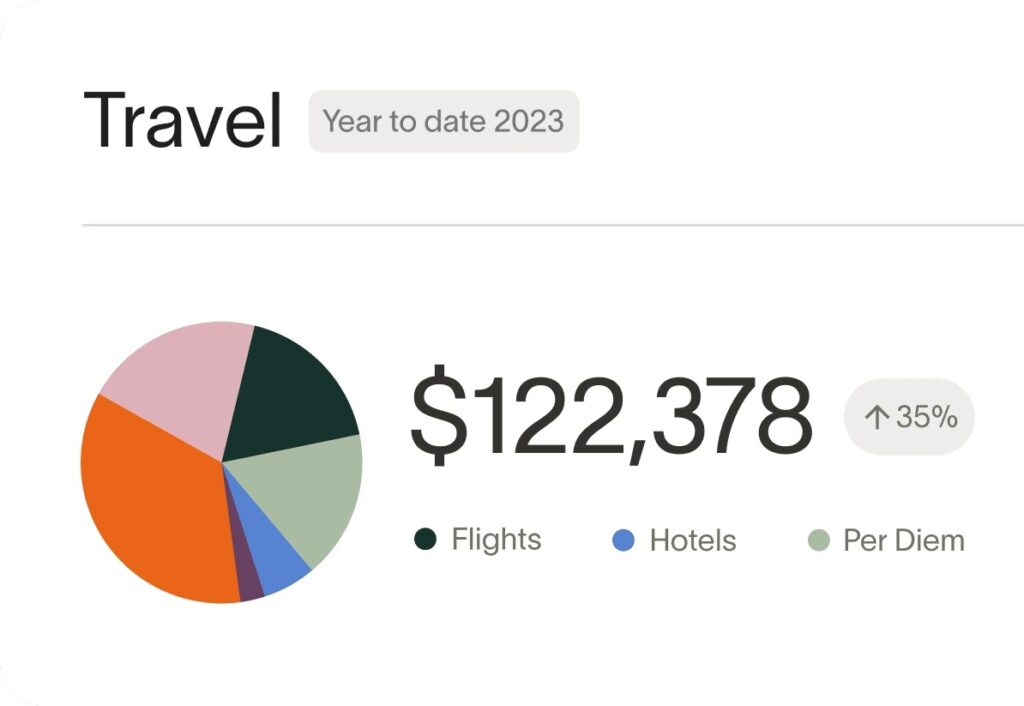Ramp is a modern corporate credit card designed to streamline expense management and help businesses save time and money. With its intuitive software, Ramp offers real-time insights, automated expense reporting, and smart controls to optimize spending. Trusted by thousands of companies, Ramp empowers teams to scale efficiently while staying financially disciplined.
Ramp Corporate Credit Cards allow for the creation and enforcing an expense policy, physical and virtual cards, improved methods for receipt collection, and dynamic reporting.

An expense policy for the organization allows for requirements for when expenses are submitted, approval workflow for new cards, and setting guidelines on how credit cards can be used.

Employees are permitted to have one physical card and unlimited virtual credit cards. Virtual credit cards can be used for each vendor and have a separate card limit.

Credit card receipts can be submitted using the Ramp mobile App or by email. After the receipt is submitted, Ramp will match the receipt with the expense.

Ramp has real-time reporting for spending, expense policy, and processes. Reports can be run to reflect which employees are spending, what vender, when they are spending, and if any expenses that are outside of company policy.
Here is how Expense Focused will apply our process to your organization
Implementation starts with creating an expense policy with ownership and/or management that includes setting up internal controls should the approval/review process.
The internal controls identify which employee(s) should have a credit card, what information will be submitted by the employee with the expense, and how should spending be permitted and/or restricted.
The expense policy is the cornerstone of using corporate credit cards and can lead to improved financial controls and reduced administrative time and effort.
Expense management is expense policy put into action for the organization.
Credit card creation, transaction review and expense coding, follow-up with employees on missing receipts, complete any necessary or required research on transactions, investigate and expenses outside of the company policy, and sync approved expenses to the accounting software are all part expense management.
Having a streamlined expense management will result in real-time expenses and allow for the books to be closed faster.
Maintenance and adjustments are small changes to the process that need to happen quickly and will not impact the expense policy.
Increasing individual card limits, deactivating cards for employees that are no longer with the company, and updating current employee information.
Implementing any maintenance and adjustments quickly allows for the processed to be remain streamlined.
Reporting provides insight on the company expenses and expense policy violations.
Spending reports can be viewed by employee, department, time frame, vendor, and accounting category. Reports can also reflect the frequency and amount of expenses out of policy by employee, how often employees make exceptions requests for expenses, and the employee that approved the out of policy transactions.
Real-time reports can provide insight into company expenses and if the expense policy is being violated.
Feedback allows for ownership or management to make changes to the expense policy.
Due to changes in the company structure, employees, or company policies, changes could made in order to keep the expense management streamlined. In addition to changes to the expense policy, changes to communication can also be implemented to continue to reduce administrative time and effort.
Making changes to the expense policy ensures that the expense management remains operating smoothly.